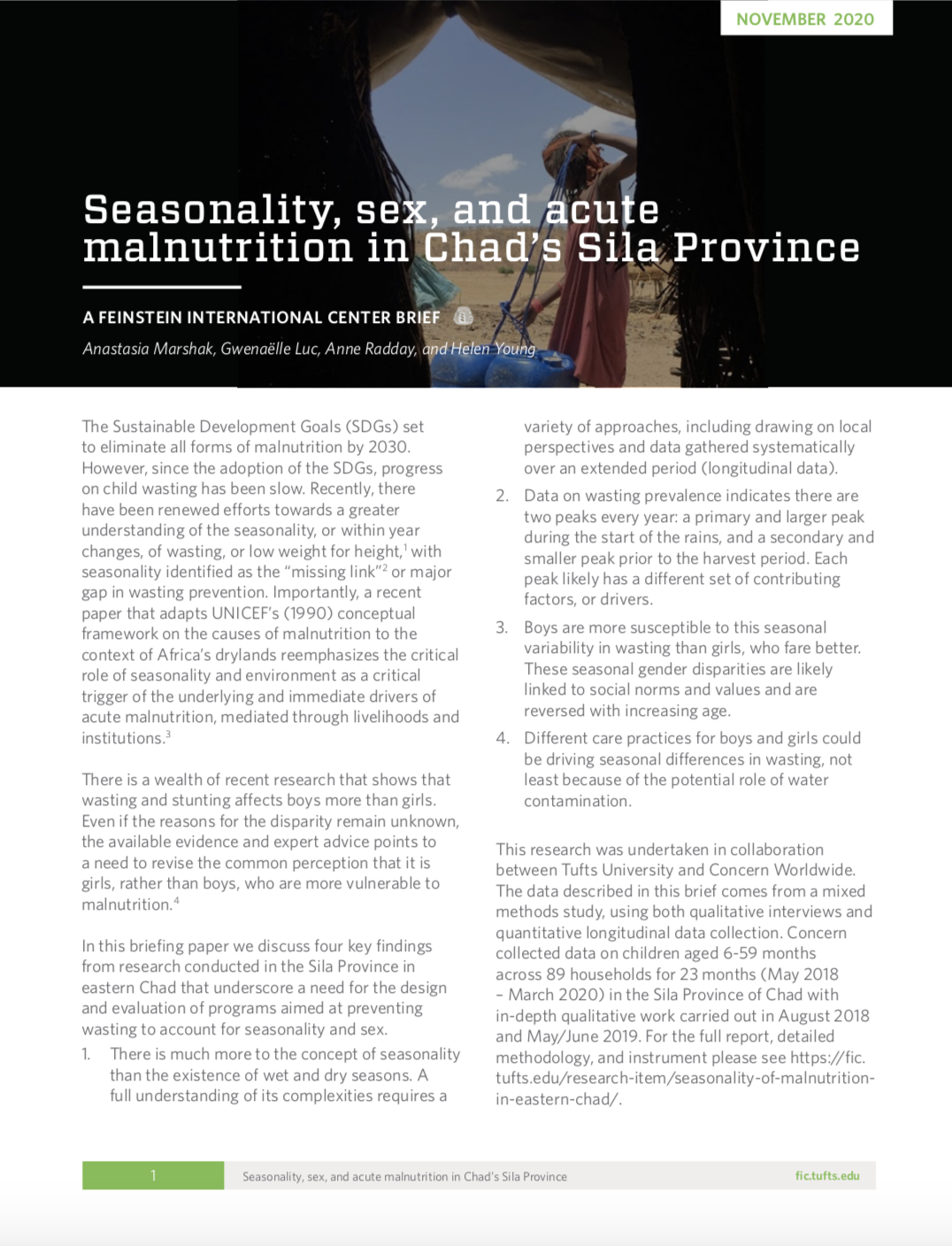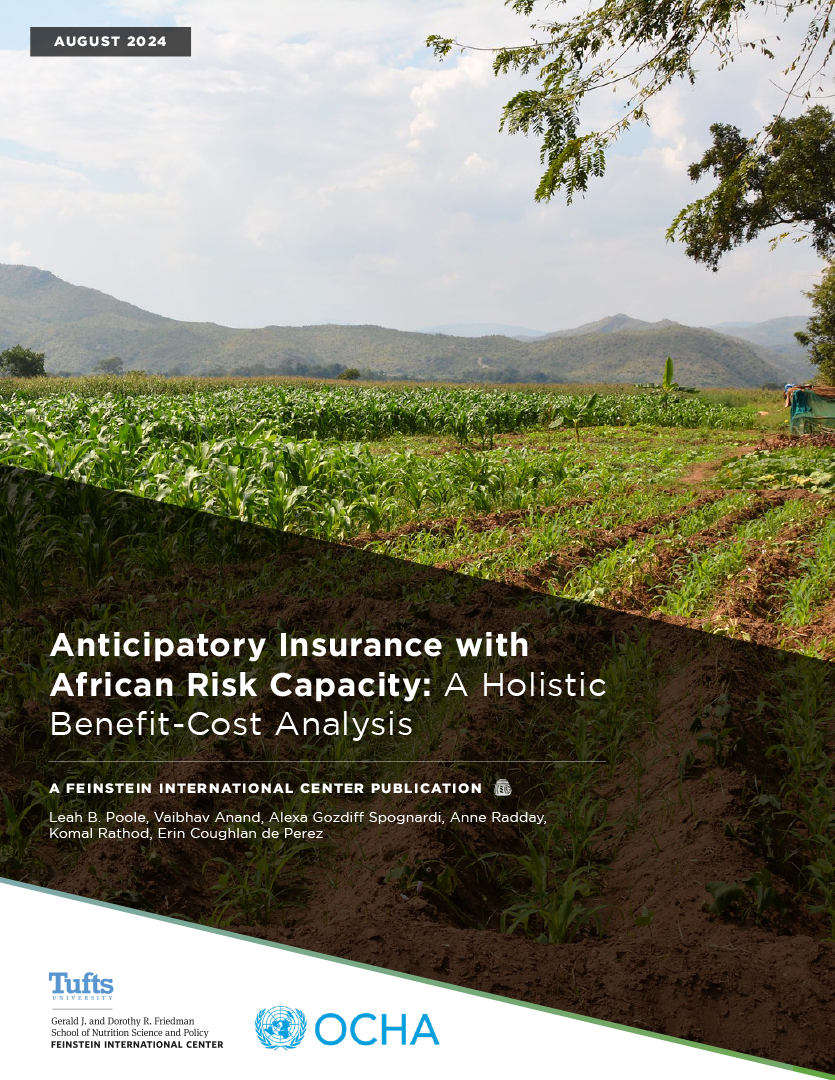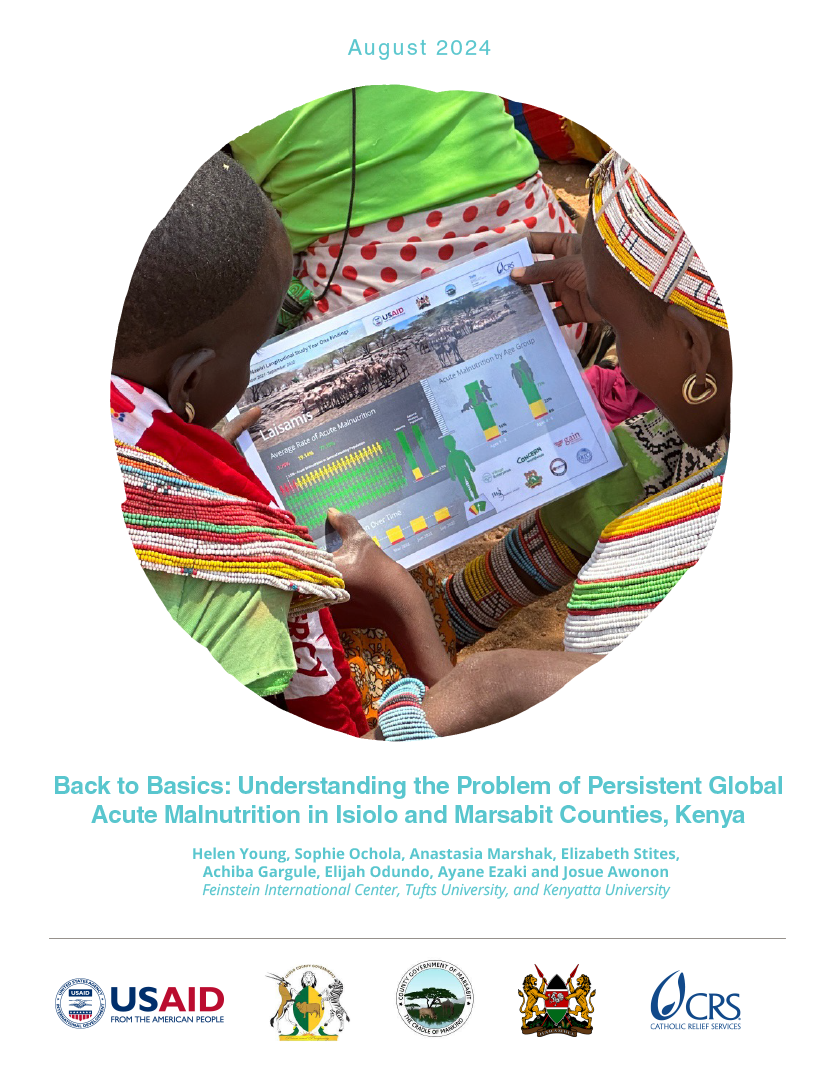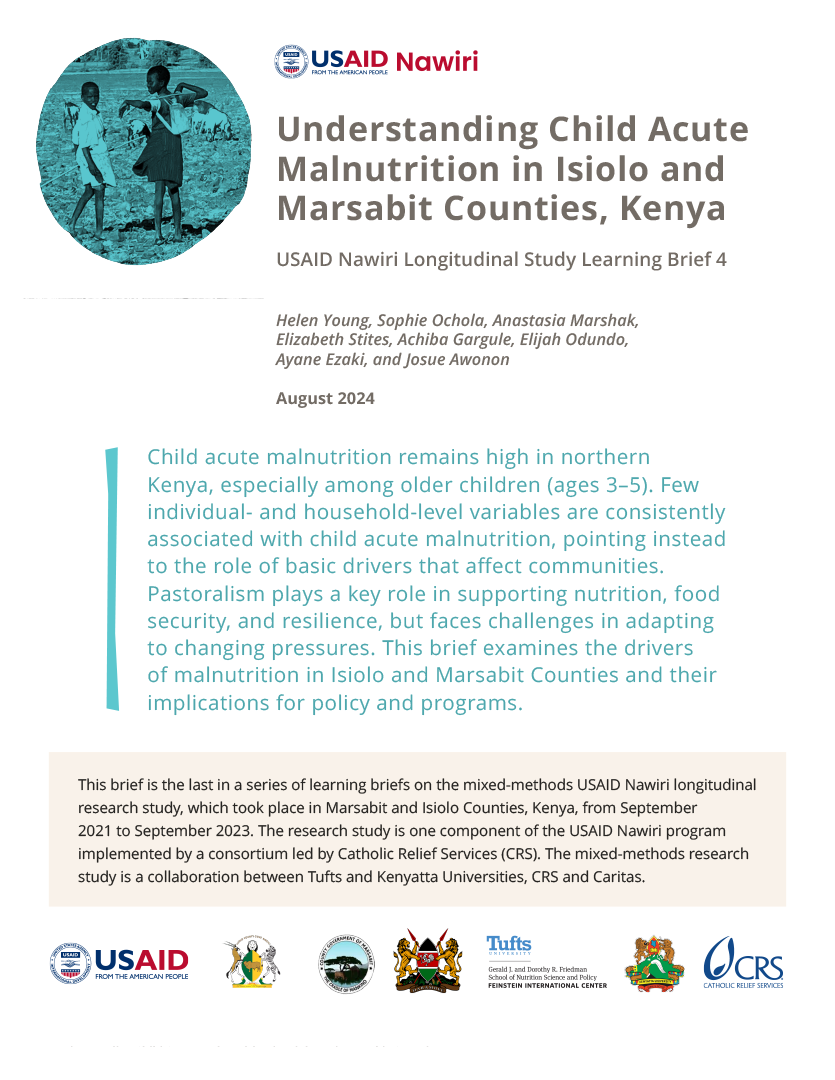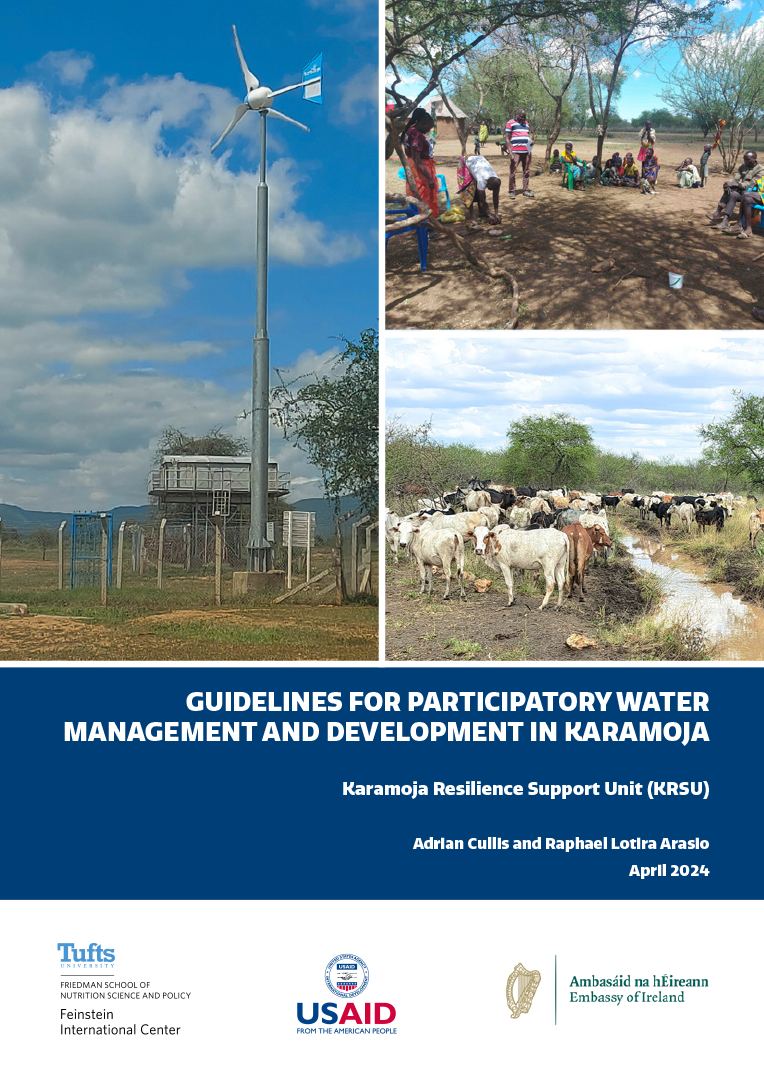This brief summarizes the seasonal patterns of acute malnutrition and differences in seasonal patterns and possible drivers for boys and girls in the Goz Beida Region of eastern Chad. We discuss four key findings from research that underscore a need for the design and evaluation of programs aimed at preventing wasting to account for seasonality and sex.
- There is much more to the concept of seasonality than the existence of wet and dry seasons. A full understanding of its complexities requires a variety of approaches, including drawing on local perspectives and data gathered systematically over an extended period (longitudinal data).
- Data on wasting prevalence indicates there are two peaks every year: a primary and larger peak during the start of the rains, and a secondary and smaller peak prior to the harvest period. Each peak likely has a different set of contributing factors, or drivers.
- Boys are more susceptible to this seasonal variability in wasting than girls, who fare better. These seasonal gender disparities are likely linked to social norms and values and are reversed with increasing age.
- Different care practices for boys and girls could be driving seasonal differences in wasting, not least because of the potential role of water contamination.
The findings are based on a two-year mixed methods study, including child monthly panel data and multiple rounds of qualitative inquiry to investigate the peak times across multiple nutrition indicators, child morbidity, water access for humans and animals, migration of humans and animals, water contamination, and hygiene practices along the water chain.
The full report is is available here.
The research builds on findings from two studies: Community Resilience to Acute Malnutrition and Building Resilience and Adaption to Climate Extremes and Disasters.
The study is a partnership with Concern Worldwide and aims to inform programming around water, livestock, and nutrition in the Goz Beida area.

